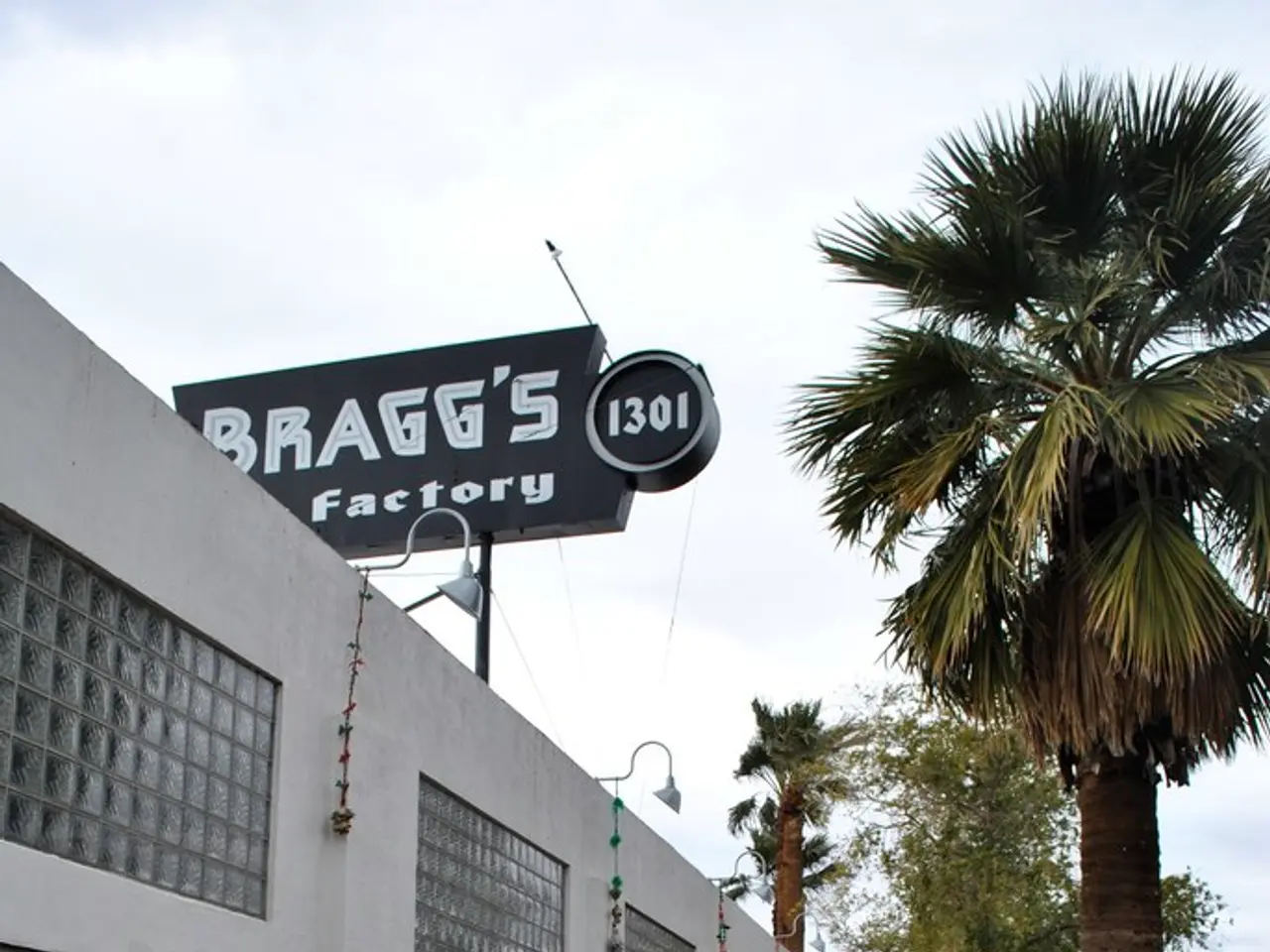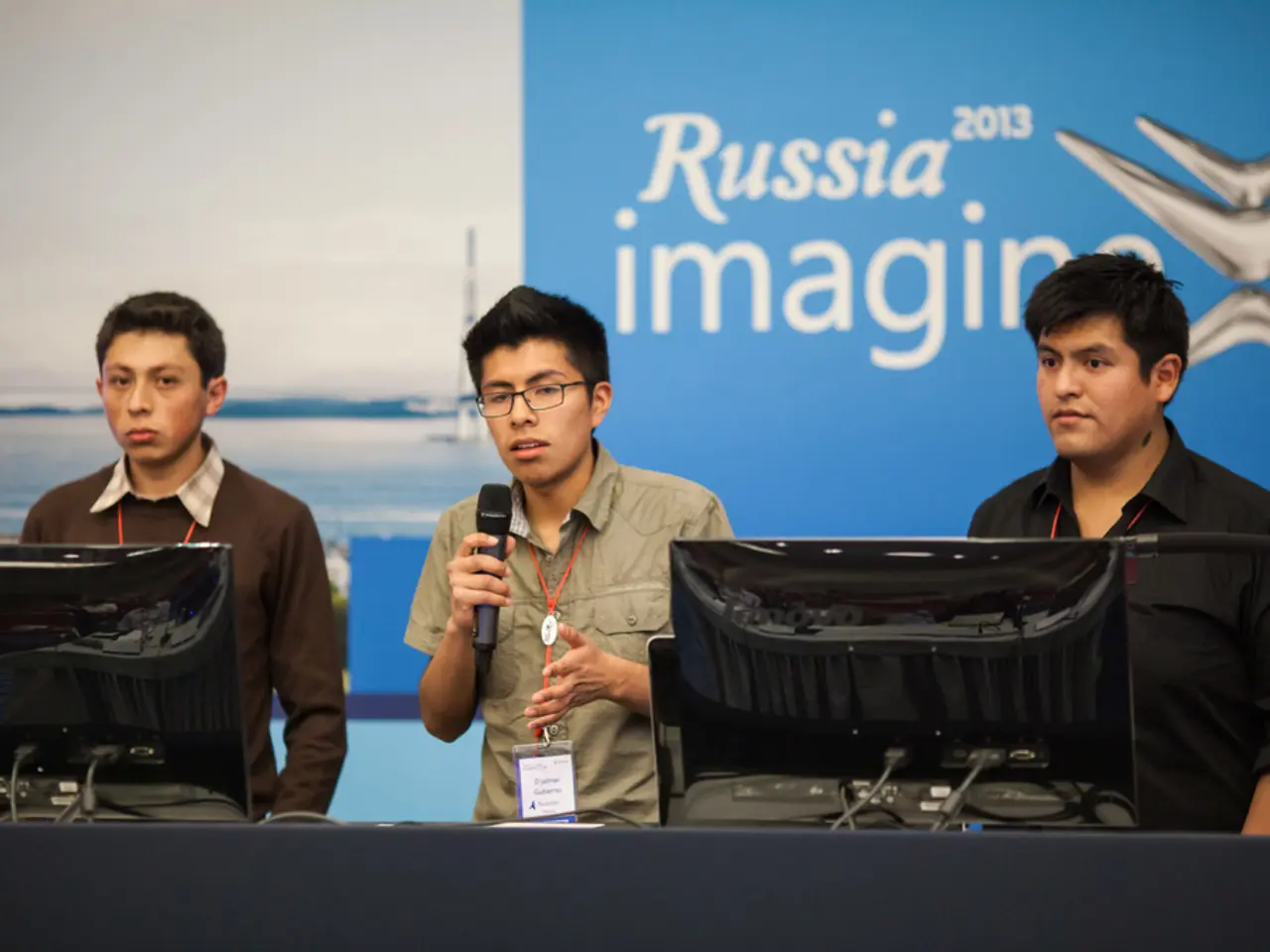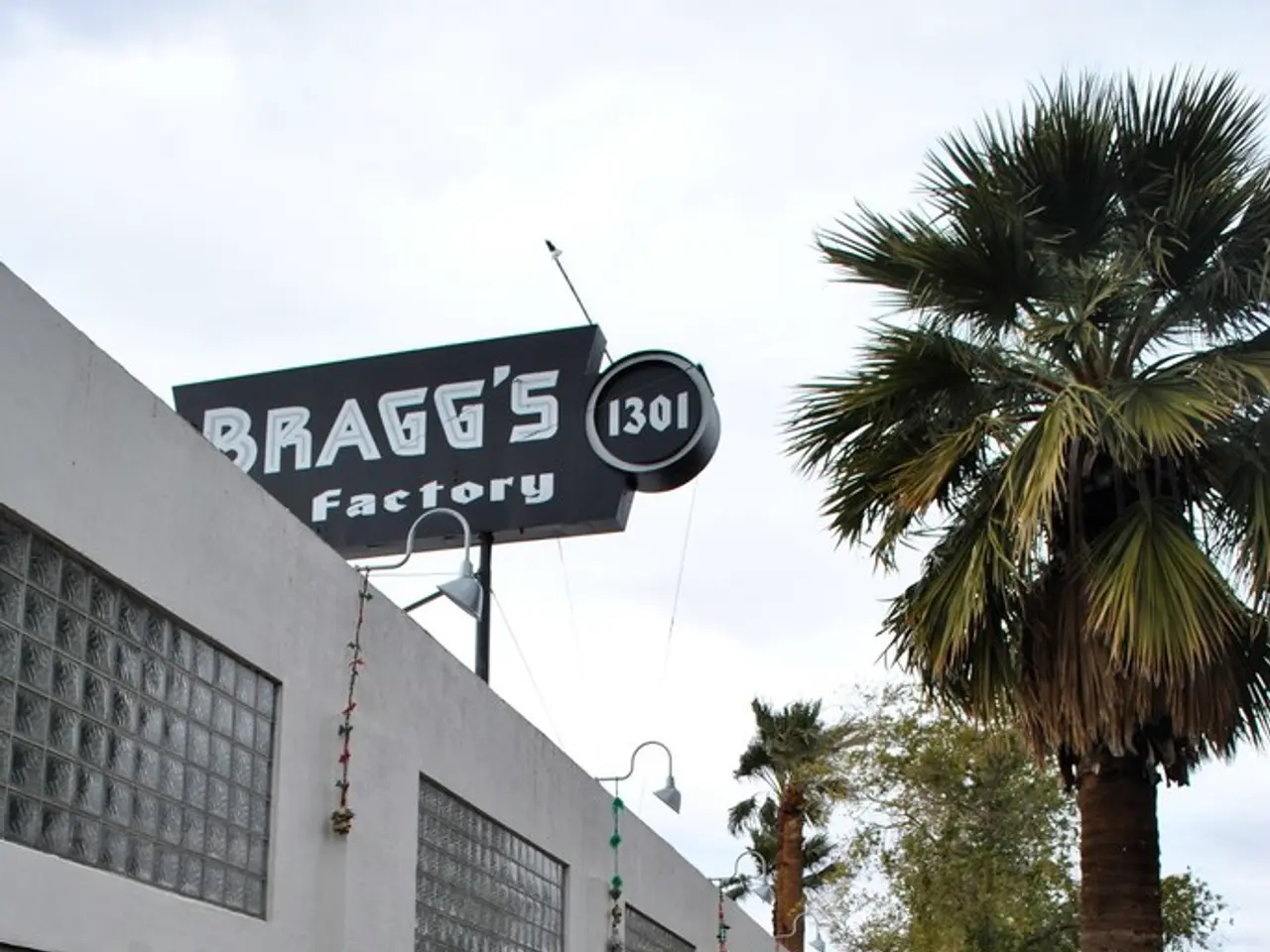Tesla demonstrates the efficacy of Full Self-Driving technology by navigating the complex Swindon Roundabout successfully.
Tesla's Full Self-Driving Feature Demonstrates Capabilities on UK Roads
Tesla's Full Self-Driving (FSD) feature has shown impressive progress in navigating complex real-world scenarios, as demonstrated by a series of videos released by the company. The videos feature a Tesla Model 3 driving autonomously through the heart of London, passing several iconic landmarks, and successfully navigating one of the UK's most challenging intersections, the Magic Roundabout in Swindon.
The Magic Roundabout, known for its complex layout consisting of five mini-roundabouts arranged around a central island, poses a significant challenge for autonomous vehicles. However, the Tesla Model 3, equipped with the FSD feature, demonstrated its ability to handle such complex road conditions, continuously adjusting to vehicles entering from multiple directions.
The videos, shot in a production Model 3 using the same hardware as vehicles delivered to customers today, also show the Model 3 navigating London streets, including landmarks like Big Ben, Parliament Square, and Whitehall. The software used in the test was an engineering test version, not the standard software in customer vehicles.
Tesla has been testing its FSD feature in Europe's busiest cities, including Amsterdam, Paris, Rome, Berlin, Madrid, and London. The company's Q2 2025 vehicle safety report highlights the effectiveness of Autopilot and FSD technologies in improving driving safety. The report records one crash per 6.69 million miles driven while on Autopilot, markedly better than the average crash rate without Autopilot (1 per 963,000 miles) and the broader U.S. crash statistics (1 per 702,000 miles).
Tesla is advancing the rollout of an Unsupervised Full Self-Driving mode, slated to enable fully autonomous operation across more cities later in 2025. However, it is important to note that while Tesla’s FSD is highly capable and improving, it is not yet considered fully autonomous by regulators and is recommended for use with driver engagement. The California Department of Motor Vehicles has challenged Tesla over claims of autonomous capabilities, emphasizing that active driver supervision is still required.
The Tesla Model 3 was supervised during its UK road tests, with a driver keeping a hand poised over the steering wheel. The FSD package costs £6,800 and adds traffic light and stop sign recognition to the features included in 'Enhanced Autopilot', which costs £3,400 extra and includes assisted driving on and off motorway slip roads, smart parking, and summoning.
In conclusion, the videos of the Tesla Model 3's test on UK roads offer visible demonstrations of FSD’s competent handling of challenging road conditions. This practical evidence, alongside Tesla’s safety data and progressing Unsupervised FSD rollout, indicates that Tesla’s FSD feature is quite effective at managing complex real-world scenarios, though it still requires regulatory approval and driver oversight for full autonomy on public roads.
[1]: Source for vehicle safety report data [2]: Source for Unsupervised FSD rollout [3]: Source for Robotaxi pilot in Austin [4]: Source for California Department of Motor Vehicles challenge
The Tesla Model 3's successful navigation of the intricate Magic Roundabout in Swindon showcases its potential in the automotive industry, especially in the realm of transportation technology. Meanwhile, the advancement in Tesla's Full Self-Driving (FSD) feature, as evident in their tests across bustling European cities like London, could revolutionize the finance industry by reducing vehicle-related accidents and promoting safer travel.




